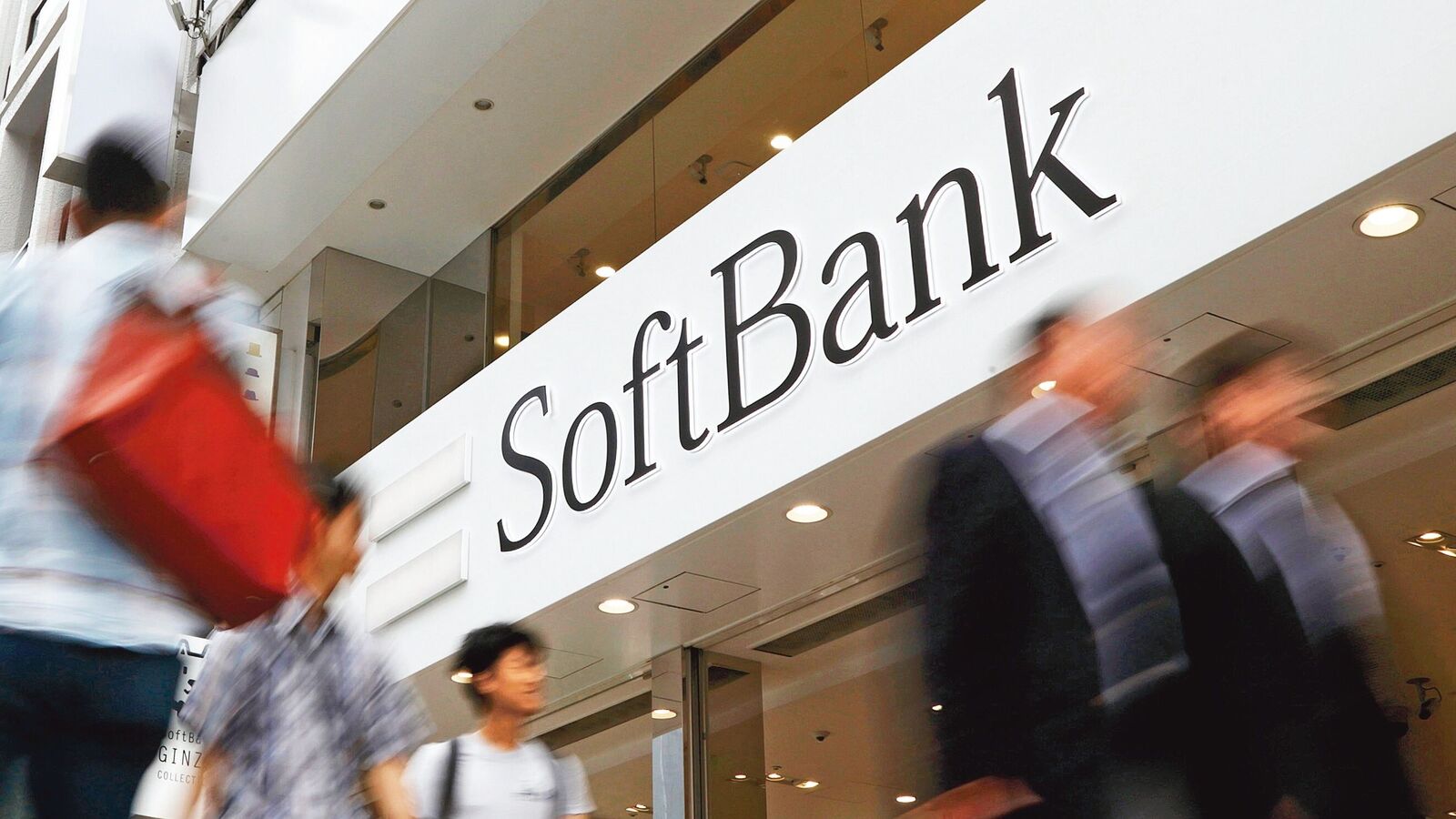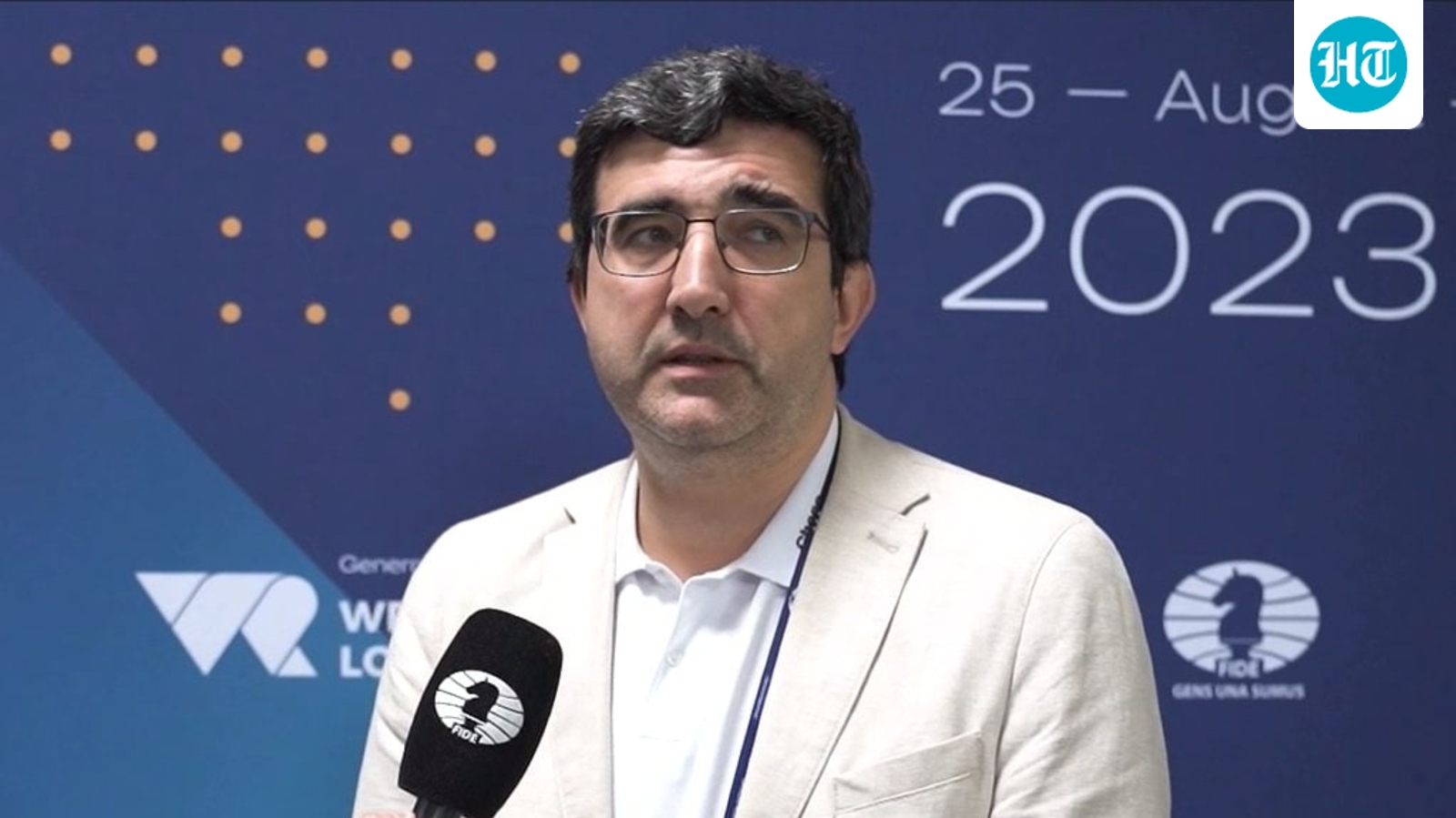
Foreign portfolio investors pumped in $1.5 billion into banking and finance stocks in October, according to data from the National Securities Depository Ltd. This was the highest inflow into this segment in six months and a sharp reversal after FPIs pulled out $2.66 billion in August.
“The selloff in August was mainly triggered by the US tariff announcement, which opened a can of uncertainty,” said Trupti Agrawal, fund manager at WhiteOak Capital AMC. While sectors including seafood and textiles are heavily dependent on the US, she noted that banking faces no direct hit, although second- or third-order effects are possible.
The renewed interest of foreign portfolio investors comes as India’s banking sector has swiftly climbed to the top of the wish lists of global marquee investors. And this isn’t fickle FPI inflow but long-term, strategic capital, with foreign investors taking controlling stakes and board seats, signalling strong conviction in the sector’s potential, Mint reported earlier this week.
Dubai’s Emirates NBD bought a ₹26,850 crore ($3 billion) majority stake in RBL Bank last month, the biggest-ever FDI in Indian banking. This followed Japan’s Sumitomo Mitsui’s ₹16,333 crore investment for a 24.2% stake in Yes Bank. In October, Blackstone picked up 9.9% in Federal Bank for ₹6,196 crore, while in April, Warburg Pincus and ADIA invested up to ₹7,500 crore for a 15% stake in IDFC First Bank.
Investor interest in the sector is evident in the outperformance of the Nifty Bank and Nifty Financial Services indexes compared with the Nifty 50. The banking indices rose 16% and 14%, respectively, versus the Nifty 50 that is up 8% so far in 2025. Majority of the stocks in the Nifty Financial Services index trade below their five-year average multiple, Capitaline data showed.
Tariffs on textiles
Some concerns had been raised over the exposure of banks to the textile hub of Tamil Nadu. However, Karur Vysya Bank and City Union Bank—both based in Tamil Nadu—clarified that their exposure to the sector was less than 2%. State Bank of India has a similar exposure, according to Agrawal.
B Ramesh Babu, managing director and chief executive officer of Karur Vysya Bank, said on a call with analysts on 17 October that the impact of US tariffs on the lender’s portfolio was negligible.
City Union Bank executive director R Vijay Anandh clarified on a conference call on 3 November that the lender does not foresee any spike in stress on the asset quality front in the background of US tariffs. He highlighted that the exposure to US exports was 0.27% of the bank’s loan book. Of this, a major component was the textile segment.
Agrawal of WhiteOak pointed out that sentiment improved in September after the goods and services tax rates were rationalized just ahead of the festive season, especially in the automobile sector. The new rates triggered demand for cars and scooters, which customers typically purchase by taking loans.
“Bajaj Finance even mentioned that momentum has sustained beyond the festive period. So, the second half looks strong across the board,” she said.
Homegrown money
It’s not just global money making a comeback – domestic investors, too, are joining in.
Bajaj Finserv AMC has rolled out its Banking and Financial Services new fund offer, which opened on 10 November and closes on 24 November. Another fund house is gearing up to launch a similar offering, a person familiar with the plan told Mint.
The financial sector is a beneficiary of an improving liquidity environment in the country, driven by the dovish stance of the regulator, said Hiten Jain, fund manager for equities at Invesco Mutual Fund.
The Reserve Bank of India has reduced the cash reserve ratio for banks by 100 basis points and cut the key repo rate by 100 bps during the past 9-12 months, apart from taking steps to boost liquidity amid a steady decline in inflation. In addition, the government has been trying to boost consumption by providing income tax relief and a reduction in GST, Jain said.
“This has led to an increase in domestic credit growth to 11.4% year-on-year from a low of 9% a few months ago. Asset quality concerns in retail loans have also eased. All of this is driving the renewed interest,” he said.
Sorbh Gupta, head of equity at Bajaj Finserv AMC, explained that historically, in an economic upcycle, credit growth tends to accelerate, leading the banking, financial services and insurance (BFSI) sector to outperform other sectors and the broader market.
“The returns for a banking fund are closely tied to the pace of economic activities,” Gupta said.
Executives at the State Bank of India, the country’s largest lender, said they were confident of growing faster than the industry and projected credit growth of 12-14% in FY26 and endeavours to double the balance sheet every six years.
Valuations, re-ratings
Historically, credit growth has been about 1.2 times the nominal GDP growth rate, which is currently 10-11%. Lending sector stocks are trading below their long-term average valuations, suggesting room for some re-rating, according to Jain of Invesco.
“This translates to an expectation of around 13-15% return in this space,” Jain said.
Private banks are trading below their long-term average valuations, while public sector banks are closer to their historical averages. Non-banking financial company valuations are mixed, depending on performance. The non-lending financial space is largely trading above long-term averages but remains in an earnings upgrade cycle, he said.
As the dollar cycle gradually turns, tariffs are rationalised and India rejoins the broader emerging market story, financials, particularly large lenders, would be some of the first counters to benefit even if they don’t see the maximum percentage rise, according to Harsh Gupta Madhusudan, a fund manager at Ionic Asset.
“Compared to the broader market and based on the last two decades, there is a roughly 15% or so undervaluation of large cap lenders,” he said.
The financial services space has become more diversified—asset management companies, brokerages, exchanges and insurers are now part of the mix. Agrawal of WhiteOak drew attention to the fact that public and private banks together form less than 60% of the Nifty Financial Services Index, while almost 40% comes from capital market plays like fintech, insurance and asset management, offering investors more ways to participate.
Of the 20 stocks in the Nifty Financial Services index, only five are banks—private and public—while the rest comprise power financiers, gold loan providers, NBFCs, insurers, fintech payment firms and capital market players.
Despite the outperformance, she said Nifty Financial Services and Nifty Bank stocks are still attractively priced.
“Most financial services companies have mid-teen ROEs and without further derating, base-case returns from this space could be in the mid-teens over the next 3-5 years,” she said. “Multiple reratings can bring in even higher returns.”
WhiteOak launched its financial services fund in January, when the theme was out of favour. It has since delivered 15.5% returns on the regular plan and 17.5% on the direct plan.
Way forward
The medium-term prospects look promising, with diminished corporate stress and a substantial buffer for provisions, said Sanjay Agarwal, senior director at CareEdge Ratings. Overall credit growth has shown signs of a gradual sequential recovery, with all segments showing a gradual increase on a month-on-month basis as of September.
“We expect the credit offtake to be at 11.5%-12.5% y-o-y for FY26 with a bias towards the upper level,” he said.
Agarwal said the slowdown in NBFCs and muted retail lending are expected to be offset by strong policy tailwinds, festive season demand, a favourable monsoon, GST rate cuts, growth in MSME lending, and borrowers shifting to banks from the bond market in Q2.
However, high interest rates and global uncertainties, including the US tariff situation, could hurt credit growth, while lower inflation may also reduce working capital demand.
With treasury gains moderating and margin pressure likely to continue in the second half of FY26, banks are expected to focus more on core earnings and operational efficiency to sustain profitability. Further improvement, he noted, may hinge on stronger recoveries from stressed retail and microfinance portfolios, higher fee-based income, and tighter cost control.






